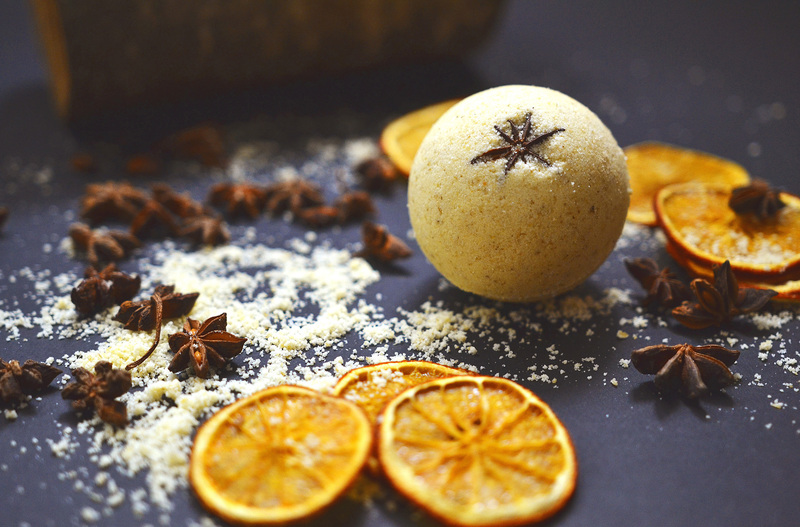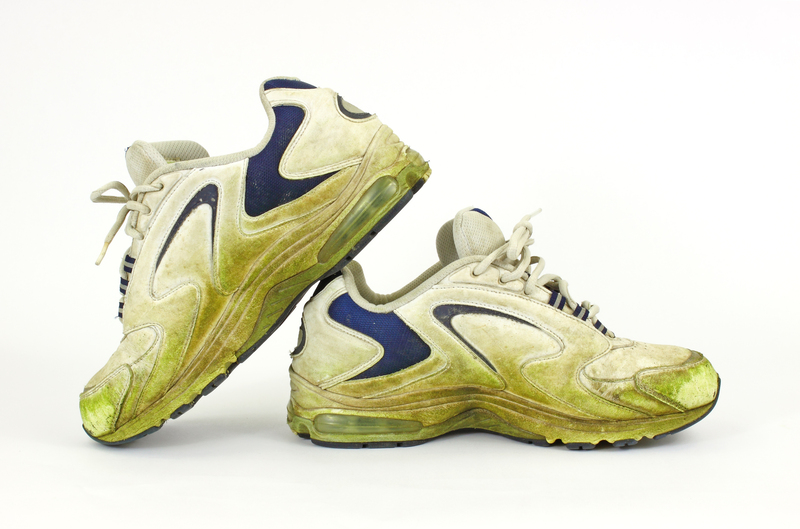Safeguarding Velvet Curtains: Top Tips for Flawless Washing
Velvet curtains are a timeless and elegant addition to any space, providing luxury, warmth, and a touch of classic sophistication. However, maintaining the beauty of velvet drapes requires extra attention, especially when it comes to cleaning. If you've invested in these eye-catching and plush window treatments, you'll want to know how to safeguard velvet curtains and ensure they look stunning for years to come.
Understanding the Nature of Velvet Curtains
Before diving into washing tips, it's essential to understand velvet's unique characteristics. Velvet fabric is made of densely packed fibers that create its signature soft, rich pile. This construction gives velvet its luxurious feel but also makes it more susceptible to damage, crushing, and watermarks.
- Types of Velvet: Velvet can be composed of cotton, silk, polyester, or a mix of fibers. Each type has different cleaning needs.
- Sensitivity: The plush texture is prone to matting and requires gentle handling to prevent unwanted marks or changes in appearance.
- Color Retention: Velvet often features deep, vibrant dyes, so colorfastness must be considered before washing.
Key Takeaway:
Always check the manufacturer's care label--if it's dry clean only, do not attempt the DIY washing methods.

Preparing Your Velvet Curtains for Washing
Proper preparation is crucial to prevent unnecessary damage and preserve your drapes' exquisite look. Here's how to get started:
1. Dusting and Vacuuming
- Use a soft brush attachment on your vacuum to gently remove dust and loose dirt. Always brush in the direction of the nap (the way the fibers naturally lay).
- If your velvet curtains are heavily soiled, performing this step beforehand ensures dirt doesn't turn into stubborn stains during washing.
2. Testing for Colorfastness
- Dampen a white cloth with lukewarm water and blot a small, inconspicuous area of the fabric.
- If color transfers, stop--these curtains may not be safe for washing and should be professionally cleaned to prevent fading or bleeding dyes.
3. Spot Cleaning Stains
- Address any stains using a mild detergent diluted with water. Always spot test first to ensure the solution does not damage the velvet.
- Gently blot the stain (don't rub) with a soft, clean cloth, working from the outside in.
Top Methods for Washing Velvet Curtains
Depending on the fabric blend and care instructions, velvet curtains can be expertly cleaned by three main methods: hand washing, machine washing, or professional dry cleaning. Let's explore the safest techniques for each.
1. Hand Washing Velvet Curtains
Hand washing is often the safest method for most velvet curtain fabrics, especially for cotton or synthetic blends. Here's a step-by-step process:
- Fill a Clean Tub: Use cold or lukewarm water with a small amount of mild, color-safe detergent.
- Submerge and Gently Agitate: Lower the curtains into the water and gently swirl them. Avoid twisting, scrubbing or wringing, which can crush the pile.
- Spot Treat as Needed: For stubborn stains, spot clean with your diluted soap solution and a soft sponge.
- Rinse Thoroughly: Change the water and gently rinse the curtain until all soap residue is gone.
- Press Out Excess Water: Lay the curtains flat on a clean towel, then roll the towel and fabric together to press out water without wringing.
2. Machine Washing Velvet Curtains
Certain synthetic velvets (like polyester or micro-velvet) may be labeled as machine washable. To ensure safe machine washing of velvet curtains:
- Always use the delicate or gentle cycle, and wash curtains separately from other items.
- Select cold water and a detergent formulated for delicates.
- Place curtains in a mesh laundry bag to protect them during agitation.
- Never overload the washing machine; this can cause excessive wrinkling or crushing of the pile.
3. Professional Dry Cleaning
For pure silk velvet or if you have any doubts about DIY cleaning, professional dry cleaning is the most reliable method. This is especially important if your curtains are antique, embroidered, or lined with delicate fabrics.
Essential Tips for Drying Velvet Curtains
After washing comes drying--a crucial step that determines the final look and feel of your freshly cleaned velvet curtains.
- Avoid Heat: Never use a tumble dryer or expose velvet curtains to direct heat or sunlight, which can cause shrinkage or fading.
- Lay Flat or Hang Properly: Lay them flat on a clean, dry towel or hang them on a wide, padded hanger or curtain rod, supporting their full weight. Avoid pegs or clips that leave indentations.
- Smooth Out Wrinkles: Gently smooth the nap with your hands while damp to minimize creases and restore the plush texture.
- Air Dry Slowly: Allow the curtains to air dry completely in a well-ventilated area, away from direct sunshine.
Refreshing and Maintaining Velvet Between Washes
Curtains don't need frequent washing. In fact, over-cleaning can shorten their lifespan. Safeguarding velvet drapes between washes is easy with these simple tips:
- Regular Dusting: Dust or vacuum weekly to prevent dirt from settling deep into the pile.
- Shake or Brush: Occasionally shake the curtains out of the window or brush gently to fluff the nap.
- Steam for Wrinkles: A handheld garment steamer can refresh the pile and remove creases without the risks of ironing. Always steam from the reverse side at a safe distance.
- Avoid Direct Sunlight: Position curtain rods so velvet isn't exposed to prolonged sunlight, which can fade and weaken fibers over time.
Storing Velvet Curtains Safely
- When not in use, store velvet curtains flat or rolled in acid-free tissue paper to prevent crushing.
- Avoid heavy folding or placing objects on top to maintain their structure and plushness.
Common Mistakes to Avoid When Washing Velvet Curtains
Even the best intentions can sometimes lead to mistakes that damage your beautiful velvet drapes. Here's what not to do:
- Don't Overwet: Excessive soaking can lead to watermarks and misshapen fabric.
- Never Wring or Twist: This flattens the pile and can cause permanent creases or tears.
- No Harsh Chemicals: Bleach, strong detergents, or fabric softeners can destroy velvet's color and texture.
- Avoid Heat: High temperatures from dryers or irons can cause shrinkage and flatten the pile irreversibly.
- Poor Storage: Never store curtains tightly packed or in humid conditions, as this encourages mold, odors, and crushing.

Frequently Asked Questions on Velvet Curtain Care
Can I iron velvet curtains?
Ordinary ironing is not recommended for velvet due to the risk of pile flattening or shine marks. If creases persist, use a garment steamer from the reverse side or gently steam while hanging.
How often should velvet curtains be washed?
Ideally, launder your velvet curtains only when necessary--usually once every 1-2 years, or after visible stains. Regular vacuuming and spot cleaning help prolong the intervals between full washes.
Is it safe to use a fabric softener on velvet?
No, most fabric softeners can leave residue and cause the velvet pile to clump or become sticky. Stick with mild detergent designed for delicates.
What should I do if my velvet curtains are crushed after washing?
Lay the curtain flat and gently steam from the reverse side to revive the nap. Use a soft clothes brush to lift the pile. With proper handling, most pile impressions gradually relax as the fabric dries.
Conclusion: Velvet Curtain Washing Done Right
Velvet curtains are a remarkable statement of taste and comfort--preserving their sumptuous finish requires a little extra care and know-how. By paying close attention to the fabric type, preparing curtains correctly, and using the safest washing and drying methods, you'll keep your velvet window treatments lush and flawless.
Remember, the best way to safeguard and clean velvet curtains flawlessly is to combine routine dusting, spot cleaning, and occasional careful washing, always in line with manufacturer guidelines. When in doubt, consulting a professional ensures your curtains remain a centerpiece of elegant living for many years to come.
- Regularly maintain and refresh your velvet drapes to avoid heavy soiling.
- Use mild cleaning agents and gentle techniques to preserve the fabric's plushness and color.
- Store and hang velvet properly to prevent crushing and ensure long-lasting beauty.
Now that you're equipped with essential tips for safeguarding velvet curtains during washing, your home can continue to enjoy their unmatched luxury and warmth--worry free.


